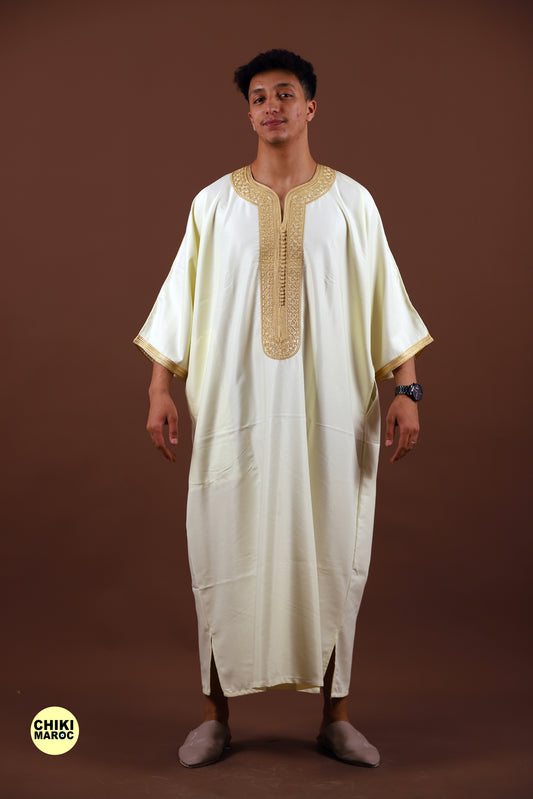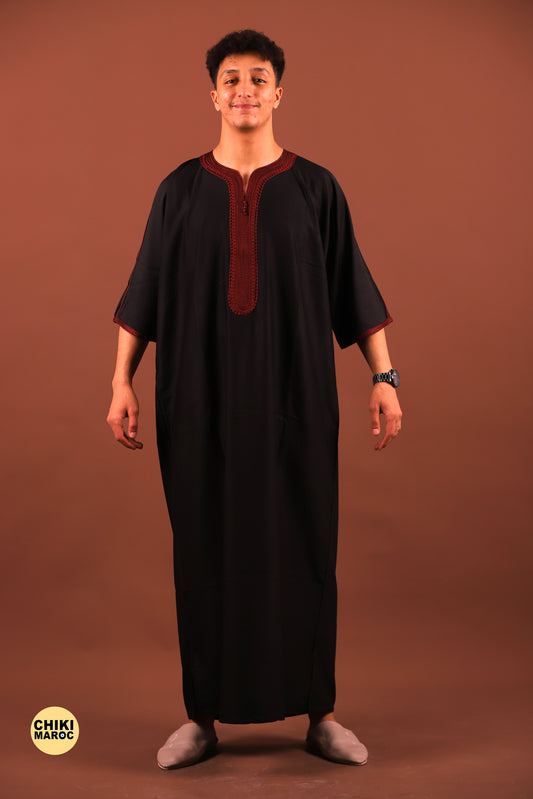In Islam, the concept of modesty holds significant importance, influencing various aspects of personal conduct and appearance. The question of wearing the hijab, a head covering worn by some Muslim women, is often debated within Islamic teachings and cultural contexts. This article explores Islamic perspectives on the obligation to wear the hijab, addressing common questions and considerations surrounding modesty and religious practice.
Understanding the Concept of Modesty in Islam
Islam emphasizes modesty as a virtue that encompasses both physical and behavioral aspects. Modesty is viewed as a means of preserving dignity, respecting oneself and others, and upholding Islamic values of decency and piety.
Perspectives on Wearing the Hijab
-
Religious Interpretations:
- Diverse Views: Islamic scholars have varying interpretations regarding the obligation of wearing the hijab. Some consider it obligatory (fard), citing Quranic verses and Hadith (sayings of Prophet Muhammad) that emphasize modest attire for women.
- Personal Choice: Others view wearing the hijab as recommended (mustahabb) or as a cultural practice that reflects local customs and social norms rather than a religious obligation.
-
Cultural and Social Influences:
- Regional Practices: Attitudes towards the hijab may vary across different Muslim-majority countries and communities. Cultural norms, historical contexts, and societal expectations often shape individuals' decisions regarding modest attire.
Islamic Teachings on Modesty and Personal Responsibility
-
Spiritual Growth: Islam encourages individuals to strive for spiritual growth and adherence to religious teachings, including modesty in attire and behavior.
-
Personal Accountability: Islamic teachings emphasize personal accountability and intentionality in religious practices. While some view not wearing the hijab as a sin, the severity of this view may vary depending on individual interpretations and circumstances.
Addressing Common Concerns
-
Educational Awareness: Educating oneself about Islamic teachings and cultural contexts fosters understanding and empathy towards diverse perspectives on modesty and religious practice.
-
Community Support: Muslim communities often provide support and guidance to individuals navigating questions about modesty and religious obligations, promoting respectful dialogue and mutual understanding.
Conclusion
In Islam, the question of wearing the hijab is nuanced, reflecting diverse interpretations and cultural practices within Muslim communities. While some consider not wearing the hijab a major sin, others emphasize personal choice, cultural context, and individual spiritual journey.
This article aims to provide clarity on Islamic perspectives regarding modesty and the hijab, encouraging respectful dialogue and informed decision-making within Muslim communities.




